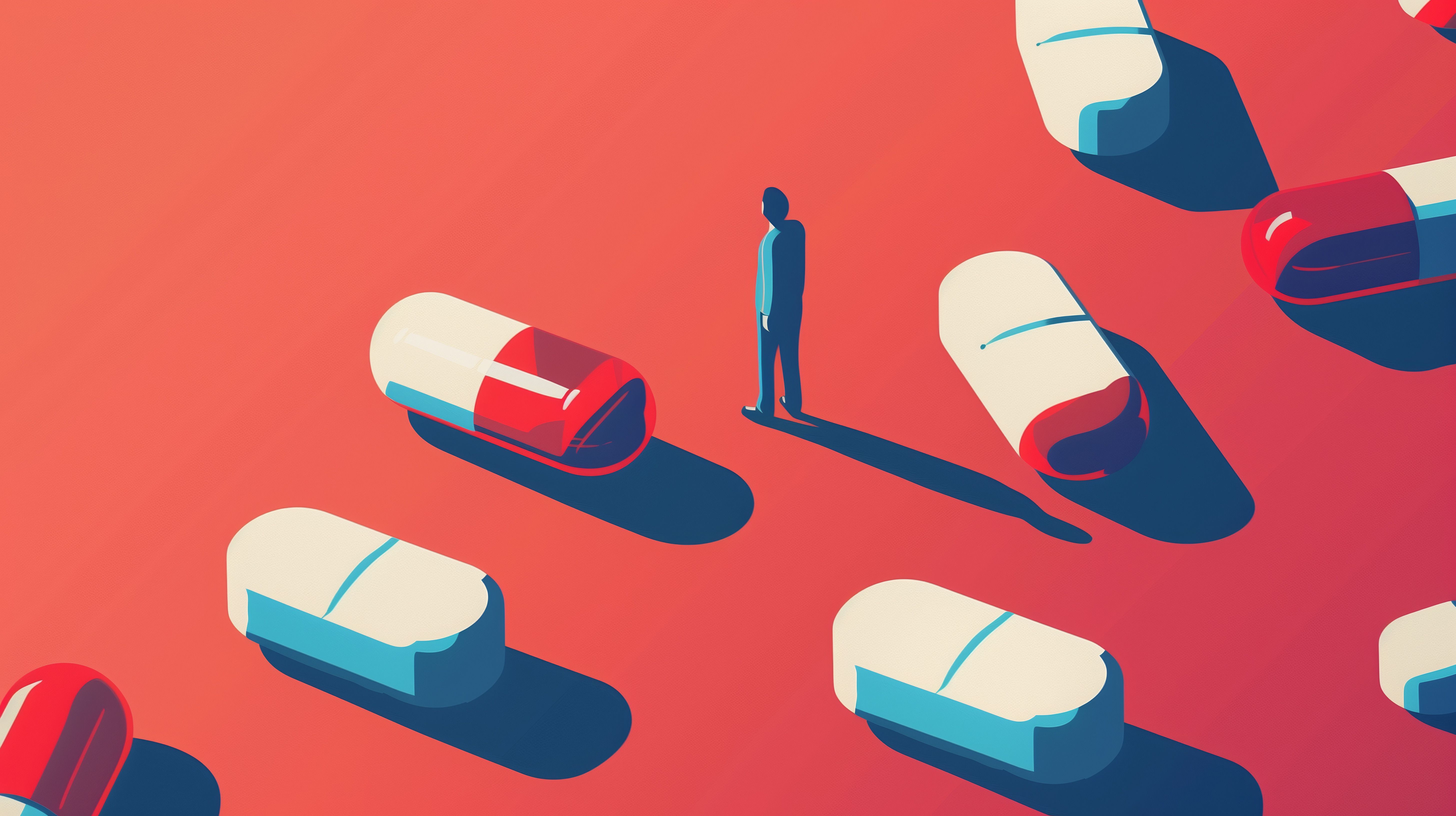Article
IMS Report Predicts Increased Spending on Specialty Drugs
Author(s):
Spending on specialty medications is expected to increase 30% by 2017, a report from the IMS Institute for Healthcare Informatics predicts.
Spending on specialty medications is expected to increase 30% by 2017, a report from the IMS Institute for Healthcare Informatics predicts.
Specialty medications are expected to be the biggest driver of branded drug spending in developed markets, with an anticipated 30% increase in spending over the next 5 years, according to the IMS Institute for Healthcare Informatics report, The Global Use of Medicines: Outlook through 2017.
Specialty drug sales in 2012 hit $148 million in developed markets, such as those in the United States, European Union, and Japan, and $153 million in 2013, the report noted. The spending increase is expected to continue, hitting $160 million in 2014, $169 million in 2015, $180 million in 2016, and $193 million in 2017.
In countries with high gross national incomes, specialty medicines have been the primary driver of medication spending level increases, as generic use and patent expirations contained or reduced costs associated with many common chronic diseases. Specialty therapies are also expected to become more important in developed pharmaceutical markets.
The report, which predicts global spending on medicines through 2017, includes predictions on therapy areas that will see the most spending. Within developed markets, specialty therapies occupy 8 of 20 spots on the institute’s prediction list, including the number-1 spot: oncology drugs.
The report predicts $74 to $84 billion will be spent on oncology therapies in 2017. Within specialty therapies, it will be followed by anti­—tumor necrosis factors, at an anticipated $32 to $37 billion, asthma and COPD at $31 to $36 billion, immunostimulants at $22 to $25 billion, HIV antivirals also at $22 to $25 billion, immunosuppressants at $15 to $18 billion, antivirals excluding HIV at $8 to $10 billion, and interferons at $6 to $8 billion.
The share of biologic therapies is growing as well and is expected to constitute 19% to 20% of 2017’s total medicine sales, which are expected to top $1 trillion, the report noted. Monoclonal antibodies are driving growth within the biologics market, having occupied 4 of the top 5 biologics slots in 2012.
Biosimilars and nonoriginal biologic products have steadily increased their sales within the biologics market as well, and are expected to account for 2% to 5% of overall biologic medication sales, the report notes.
For pharmaceutical manufacturers, the biologics and biosimilars market presents an attractive opportunity for small and large pharmaceutical companies. The high prices associated with biologic therapies led government officials in the United States and in Europe to create channels for lower-cost biosimilar products to enter the market. Currently, biosimilar products account for less than 0.5% of mature markets biologic spend, the report noted.
Specialty products are expected to dominate innovative drug launches as well. Of 641 products in the late-stage drug pipeline, more than half are specialty medications, and a third are biologic products. Pipeline therapies expected to launch by 2017 include therapies for hepatitis C, multiple sclerosis, and breast cancer, the report stated.
In addition to the late-stage pipeline therapies, near-term launches promise new mechanisms of actions for rheumatoid arthritis, cystic fibrosis, and various forms of cancers.
Several of the new launches are expected to address orphan disease as well.
With the new therapies comes the potential for better therapy efficacy, safety, and convenience of administration, although the report noted that certain therapies may not become available or achieve all of their expected clinical aims.
Newsletter
Stay informed on drug updates, treatment guidelines, and pharmacy practice trends—subscribe to Pharmacy Times for weekly clinical insights.






